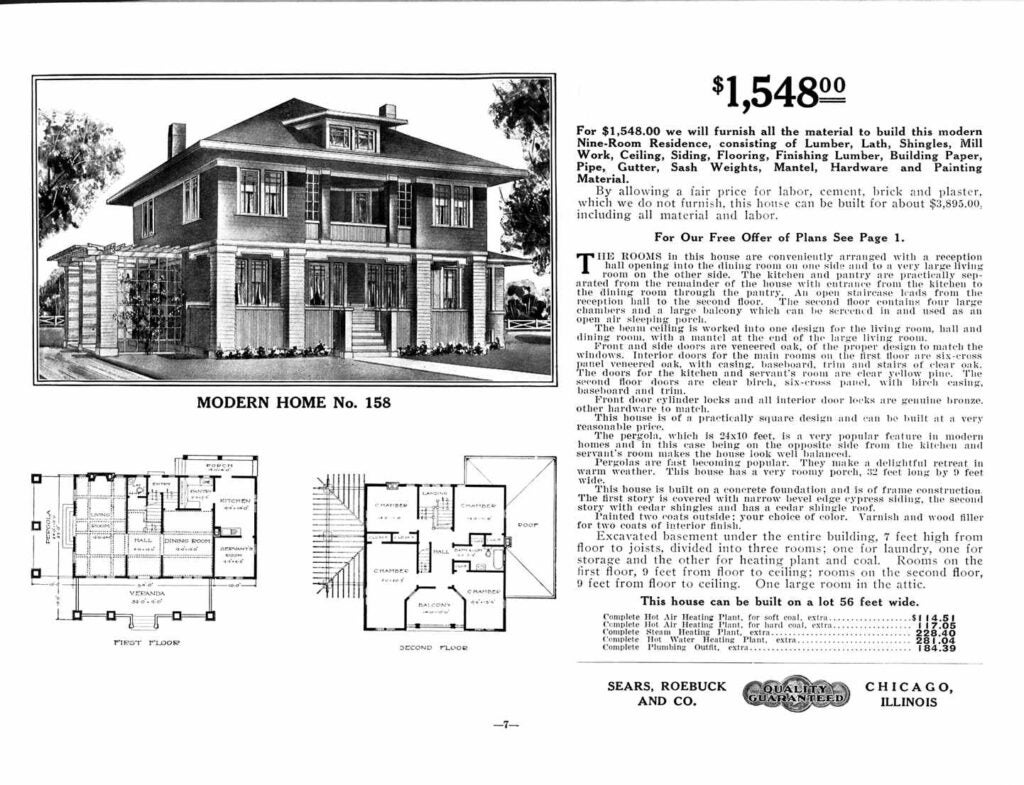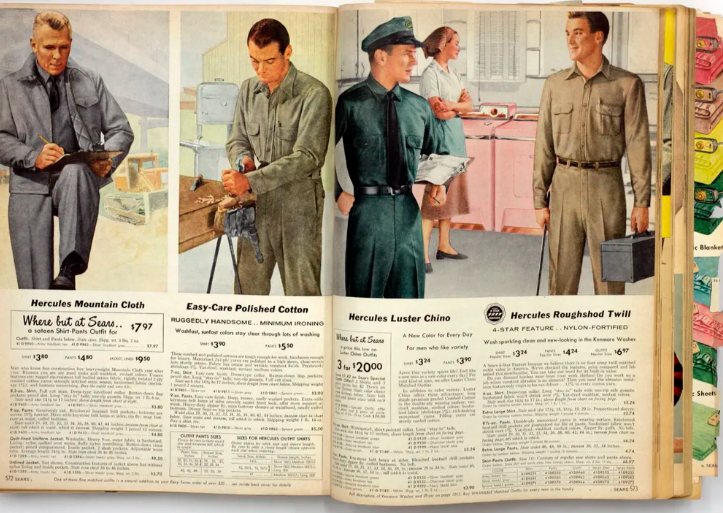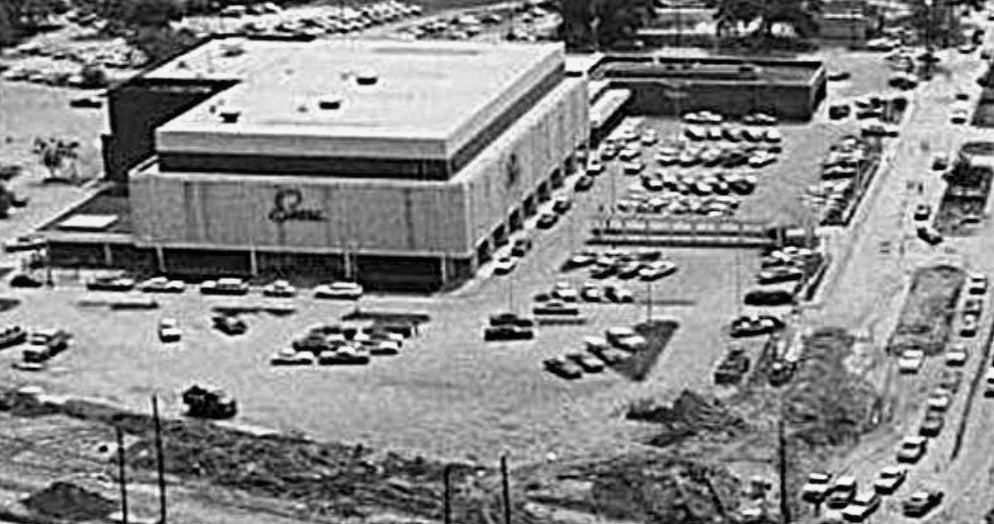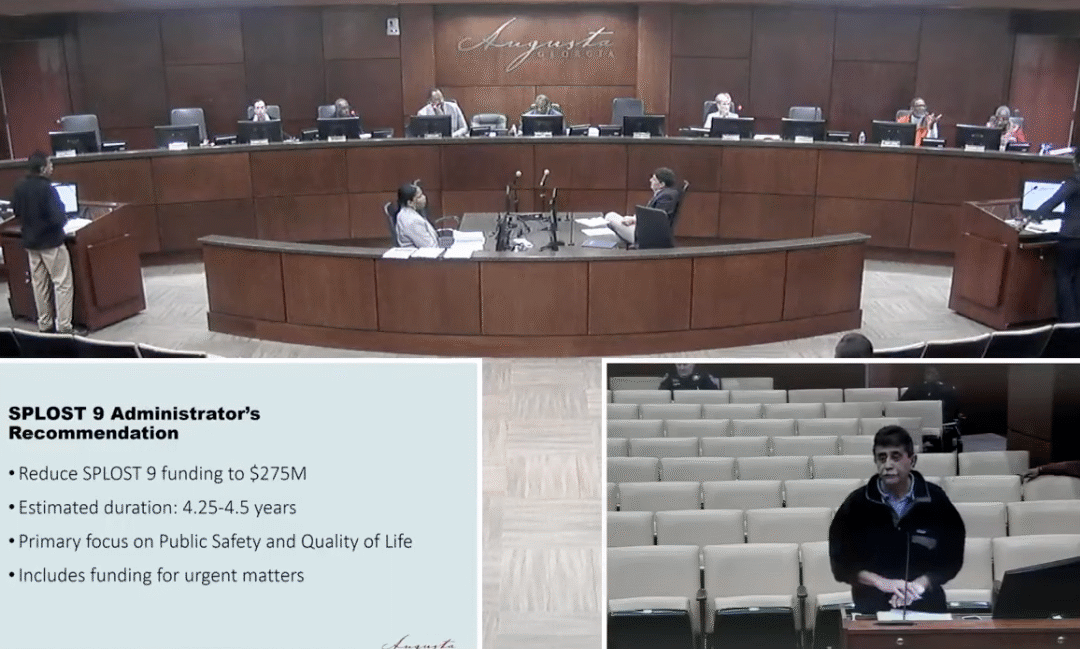Scrolling through catalog pages with pictures of everyday products as well as specialty items with their listed costs, then making a payment and receiving the goods when they arrive on the front porch is something most consumers do each day on Amazon and similar sites.
History shows that the Sears, Roebuck and Company actually created the models of consumerism that have been dominant internationally for generations, but ultimately when a new generation discovered the company’s original blueprint, and followed it to the letter — with the letters “https,” that is — the mighty Sears finally fell from its longtime market dominance.
The interesting thing is that, over the past century, the public’s buying habits haven’t changed so much as they have reverted back to the simpler days of early American capitalism.
All Amazon founder Jeff Bezos did in the creation of his multi-billion dollar company Amazon was follow the meticulous footsteps of the Richard Sears and A.C. Roebuck from a century before; their Sears and Roebuck Company nearly single-handedly created modern consumer culture and paved the way for internet retailing at a time when sending information, powering devices over the plain airways existed only in the mind of Nikola Tesla.
Before long, one booklet of merchandise could clad an entire family for the year and budding aviation enthusiasts could order the materials and instructions to build their own bi-plane.
What started as a simple catalog devoted mainly to selling watches, jewelry and small trinkets became so diversified that an entire house could be purchased to be shipped on pallets that included every piece of wood, nails, braces, concrete and shingles needed for a home along with DIY directions.

According to the Smithsonian, the catalogs were more prevalent than the old AOL CDs that came in the mail; but the Sears catalog had the actual ability to be usefully repurposed as outdated copies could be balled-up and used as added ceiling insulation.
Scott Sidler, writing for The Craftsmans Blog, notes that Sears homes were so well designed and crafted that many, which were sold all the way up to 1941, still remain in beautiful condition and are worth, in some cases, upwards of $7 million.
According to the Sears archives, the mail-order-catalog-bought house could be furnished and equipped all the way down to a car parked in the Sears-ordered driveway with a check-mark on a sheet and a signed check or credit arrangement.
However, after becoming a cultural institution, at the very time when Sears could have gone back to the basics and focused on the future that caters to today’s consumer habits, hubris spread throughout the company, and it stopped innovating, leading to its ultimate failure.
Retail scholar Mark Cohen of Columbia Business School had this to say about the sad nosedive of a company that had a major impact on Augusta and the rest of the entire nation: “This is the kind of short-sighted stupidity that financial-based executives with no bigger sense of their responsibility make, to the eventual detriment of the organizations they lead.”
So, what happened?
Thanks to the Sears-Roebuck Catalog, which premiered in 1893, Christmas presents for children went from gifts that were practical and handmade, to wrapped-up shiny toys under the tree, wagons and sports gear, all of which originated from the glossy pages of the Sears Catalog.
Yes, Sears also sold kids clothes and the wrapping paper, too.

Today’s shoppers may consider Amazon and similar sites as a convenience of modern times, but the Sears catalog was once, for many living in the rural areas, the only way a farm wife could get her hands on a hearth-heated clothes iron or a durable baby carriage and other items not carried by the town mercantile. Also, men found the catalog a way to avoid the “company store” or having to rent from the landlord; they bought their own tools at a reasonable price.
Sears not only led the way in having the widest spectrum of products, from guns and guitars to swing sets, saddles and Sunday suits, the company was also a consummate innovator in enticing people to want to shop, and it even guided the evolution of the shopping experience from retail by-mail to the big-box-boom-and-bust.
In the early 1920s, Sears executives believed that the sales of radios would boom if people actually had a commercial radio station to listen to nearby, so the company began building radio stations.
The most famous of those stations is Chicago’s legacy station WLS, with the call letters standing for “World’s Largest Store,” according to the Chicago Tribune. The massive signal, which once covered a huge swath of the northeast, is famous for covering the Hindenburg disaster and was the first major radio station to play the Beatles.
Naturally, Sears used the radio to promote their catalog and, later, when the automobile became a national symbol of freedom in the 1950s, Sears advertised preventative maintenance in the catalog for cars that had a radio blaring more ads on the specials at the new Sears, Roebuck and Company retail outlets.
Augusta was a reflection of the company’s innovation, as it built Augusta’s first true “big box” store, which the Augusta Chronicle labeled “massive” in 1968, at the perfect center anchor-point between the fashion boutiques, theaters and hair stylists on Broad Street and the shops, restaurants and Fat Man’s Forest all up Walton Way to the Partridge Inn.

As Broad Street, and much of the urban downtown districts across the nation fell into retail decay, Sears recognized the trend and began anchoring their stores in malls around America.
Then, something happened at corporate that would eventually propel the company into a decades-long downward spiral towards bankruptcy.
CNBC and their economists say that, much like what has befallen many of the legacy daily newspapers, Sears was plunged into the “hedge-fund mentality” of over-diversifying in questionable areas, while making unneeded cuts in proven breadwinning segments at the same time.
In a terrible twist of irony, 100 years after the first catalog went to print, the company, in 1993, killed off the very thing that made it a part of the fabric of American culture, paving the way for Amazon to publish its “online catalog” and join with other startups to become the new, modern way to shop.
…And that is something you may not have known.
Scott Hudson is the Senior Investigative Reporter and Editorial Page Editor for The Augusta Press. Reach him at scott@theaugustapress.com












